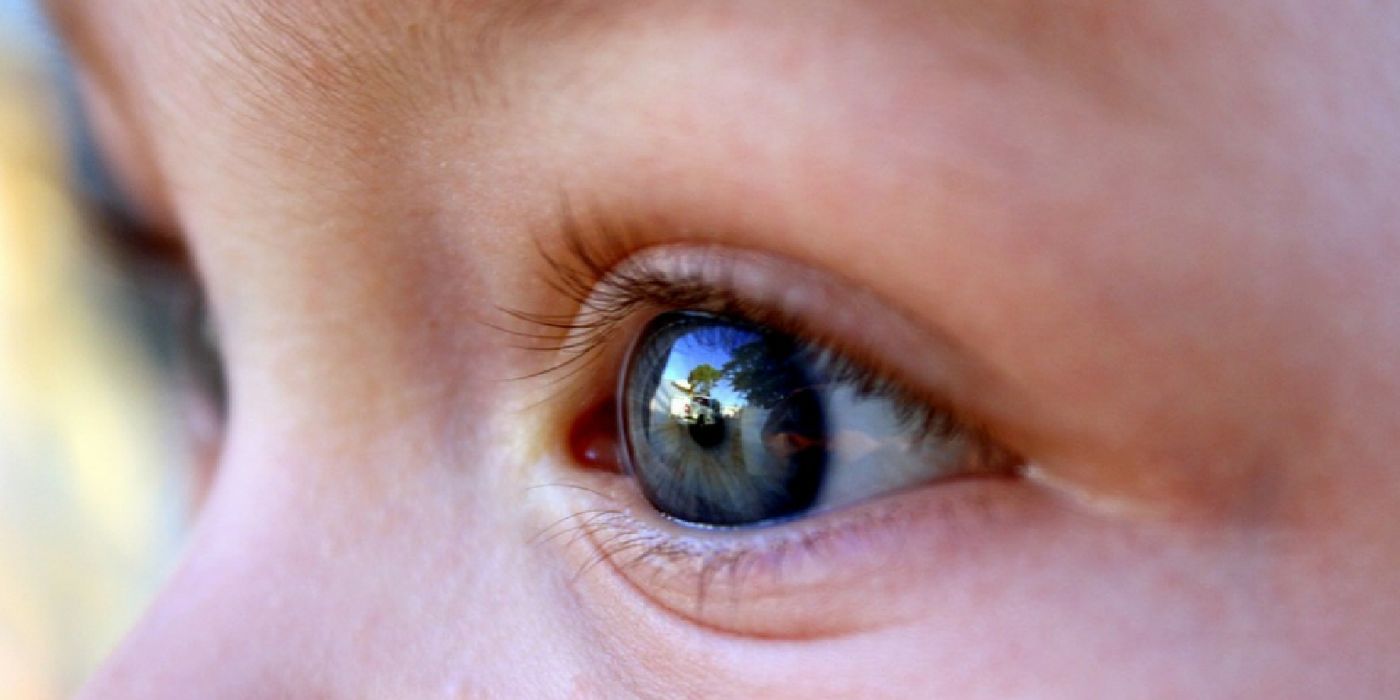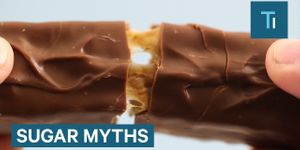A Liquid Biopsy for Retinoblastoma
Before chemotherapy can be injected into a cancer-ridden eye, doctors must first release some of the eye fluid, also known as aqueous humor. As it turns out, this fluid, typically regarded as waste, contains enough genetic material that can be used to diagnose a tumor condition, all without removing the eye.
Known as retinoblastoma, the genetic condition causes cancer cells to grow in the retina, impairing vision and even necessitating the removal of the eye itself. The disease is found exclusively in young children, and accounts for 3 percent of childhood cancers.
While scientists now know the gene involved in the condition, RB1, there remains limited ways to use this information in the diagnostic arena. Currently, retinoblastoma is diagnosed based on family history and the presence of some characteristic symptoms, such as leukocoria (abnormal retina, also known as amaurotic cat’s eye reflex), vision impairments, and/or strabismus (cross-eye). True confirmation of retinoblastoma has to be done through a biopsy, but these are not only invasive but dangerous as they can spread cancer cells to outside of the eye.
In thinking about this problem, researchers at the University of Southern California realized there was a source of genetic material hidden in plain sight. That is, the aqueous humor that’s typically taken out before chemotherapy is ripe for diagnostic testing, they thought.
"Just as I was discarding the aqueous humor, I wondered if there was a possibility it contained tumor-derived genetic material we could use to better treat our patients," said Jesse Berry, MD, ocular oncologist at CHLA, assistant professor of Clinical Ophthalmology at the USC Roski Eye Institute, and the lead study author. "In fact, we found measurable amounts of tumor DNA -- genetic information from the tumor that had previously been completely unavailable from an intact eye."
They tested the hypothesis in six samples obtained from three eyes affected with retinoblastoma. "Chromosomal changes from DNA found in the aqueous humor corroborates the chromosomal changes found in the retinoblastoma tumor," said James Hicks, PhD, professor of Biologic Sciences at the USC Michelson Center for Convergent Bioscience and professor at the Keck School of Medicine at USC, and the study’s senior author. "These findings provide proof of principle that the aqueous humor can be used for a surrogate 'liquid' tumor biopsy."
"Until now, we could only do genetic analysis -- and base therapy on the specific pathologic tumor features -- when there was no longer a possibility of saving the eye," said Thomas C. Lee, MD, director of the Vision Center at CHLA, and associate professor at the USC Roski Eye Institute, and the study’s co-author. "In the future we hope to have the capability to specifically target therapy to the type of tumor and can anticipate better outcomes for children with retinoblastoma."
"This research has the potential to completely transform how we treat children with retinoblastoma," said Jonathan W. Kim, MD, director of the Retinoblastoma Program at CHLA and also director of the ocular oncology service at USC Roski Eye Institute, and the study’s co-author. "This is one of the most significant findings in retinoblastoma research in the past 20 years."
Additional sources: University of Southern California









